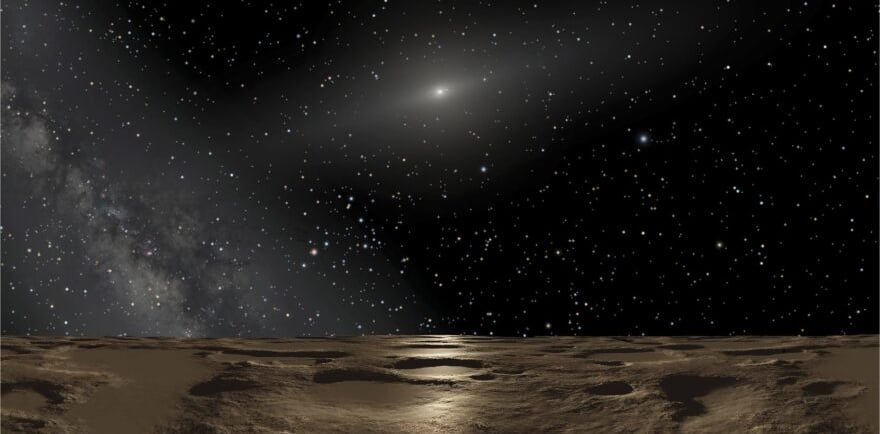Sedna 90377: The Dwarf Planet in Pluto


Introduction to Sedna 90377
In the distant reaches of our solar system lies a fascinating celestial body known as Sedna 90377. As a dwarf planet, Sedna holds significant importance for astronomers and scientists alike. Its unique orbit, far beyond the familiar path of Neptune, beckons exploration and study. Positioned in the outermost regions of the solar system, Sedna represents one of the more elusive members of the solar system’s family of bodies.
Surface Composition of Sedna 90377
Recent studies utilizing detailed spectroscopic analysis have uncovered intriguing insights into Sedna's surface composition. It has been revealed that Sedna's surface is predominantly composed of a distinctive mixture of solid ices, including water, carbon dioxide, and ethane (C2H6). This compound diversity is pivotal in understanding the thermal dynamics and chemical interactions present on Sedna’s surface.
Moreover, characteristics of this dwarf planet's surface also include sporadic deposits that are sedimentary in nature. Notably, these deposits are rich in organic tholins derived from methane (CH4), which lends vivid coloration to Sedna’s appearance. The study of these tholins is crucial as they may offer insights into prebiotic chemistry and the processes that could lead to the emergence of life in the universe.
Sedna within the Context of Trans-Neptunian Objects
Trans-Neptunian objects (TNOs) comprise a diverse category of celestial bodies located beyond the orbit of Neptune, and Sedna stands out due to its unique characteristics. Its elongated orbit and substantial distance from the Sun intermingle with its fascinating chemistry, making it a prime candidate for further astronomical research. The similarities in surface composition that Sedna shares with other TNOs provide a compelling narrative about the early solar system, highlighting the complex interactions and formations that have occurred over billions of years.
In conclusion, Sedna 90377 is more than just a distant dwarf planet; it is a window into the past and a key to unlocking the mysteries of our cosmic neighborhood. As we continue to advance our observational technologies and spectroscopic techniques, future studies of Sedna may yield further tantalizing discoveries that deepen our understanding of not just Sedna itself, but of the broader concepts of planet formation, chemistry, and possibly the very genesis of life itself elsewhere in the universe.
